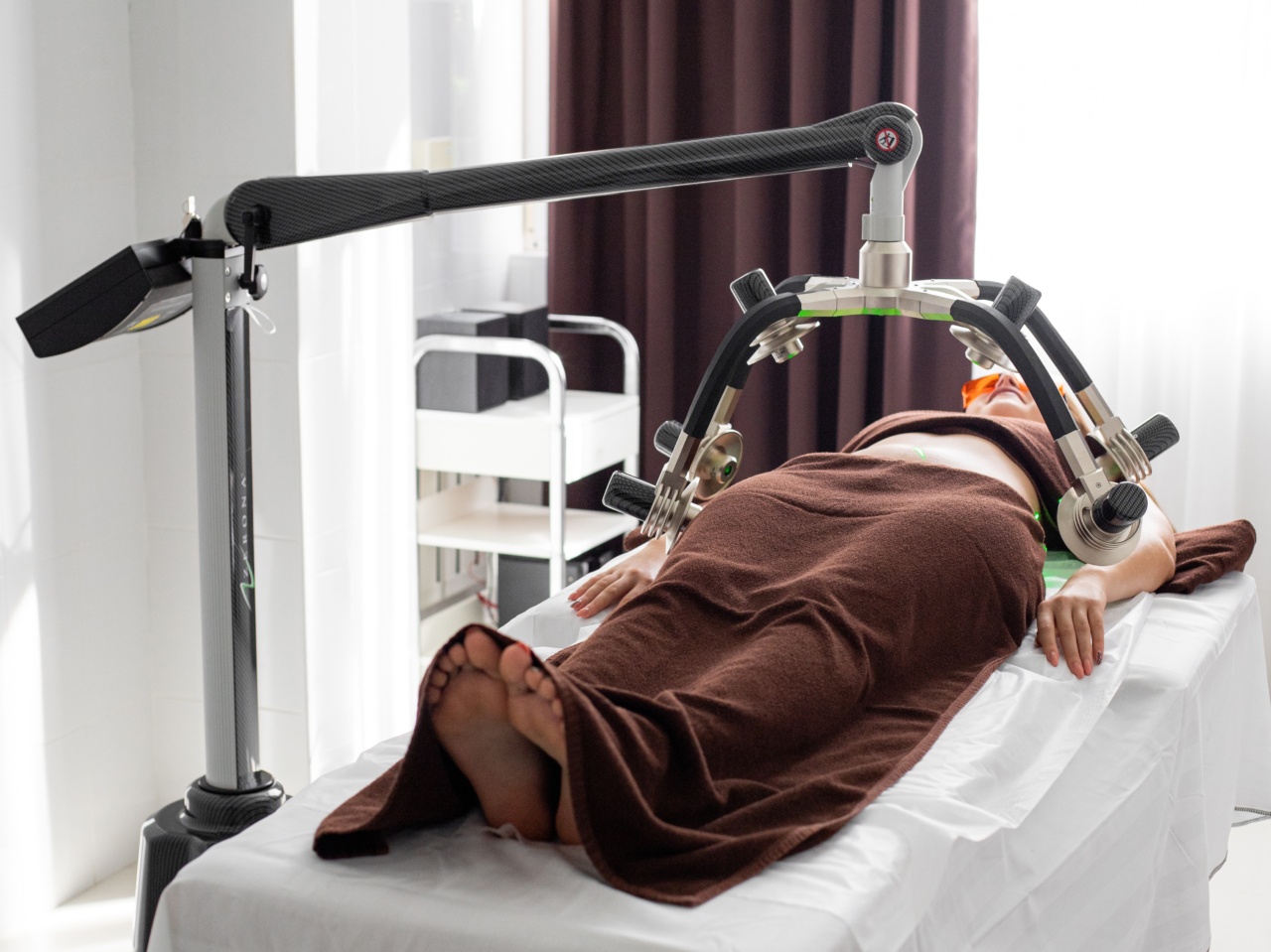Are you considering myopia laser treatment to correct your nearsightedness but have concerns about the cost? One of the main questions people often ask is whether this procedure is covered by their medical insurance.
In this article, we will explore the factors that determine insurance coverage for myopia laser treatments and provide you with the information you need to understand your options.
Understanding Myopia Laser Treatment
Myopia, commonly known as nearsightedness, is a refractive error that causes distant objects to appear blurred while close objects remain clear.
Myopia laser treatment, also known as laser vision correction or refractive surgery, aims to reshape the cornea to correct vision problems.
The most popular type of myopia laser treatment is called LASIK (Laser-Assisted In-Situ Keratomileusis).
During LASIK, a laser is used to create a thin flap in the cornea, which is then lifted to allow the reshaping of the underlying corneal tissue to correct the refractive error. Other types of myopia laser treatments include PRK (Photorefractive Keratectomy) and SMILE (Small Incision Lenticule Extraction).
Insurance Coverage for Myopia Laser Treatment
Whether myopia laser treatment is covered by your medical insurance depends on various factors, including your insurance policy and the specific details of your plan.
While some insurance policies include coverage for refractive surgery, others consider it an elective procedure and therefore do not cover the costs.
Here are some key factors that can affect insurance coverage for myopia laser treatment:.
1. Medical Necessity Criteria
Insurance companies often evaluate the medical necessity of a procedure before deciding whether to cover it.
In the case of myopia laser treatment, they might consider factors such as the severity of your vision impairment, the impact it has on your daily life, and whether alternative treatments have been ineffective in correcting your myopia. The more medically necessary the procedure is deemed, the higher the chances of insurance coverage.
2. Insurance Policy Exclusions
Insurance policies usually have a list of exclusions that outline specific treatments or procedures not covered under the plan.
It is essential to review your policy documentation or contact your insurance provider directly to check if refractive surgery, including myopia laser treatment, is excluded from coverage.
3. Insurance Riders or Add-Ons
Some insurance plans offer optional riders or add-ons that can provide additional coverage for certain procedures, including refractive surgery.
So, even if your base insurance policy does not cover myopia laser treatment, it may be possible to purchase additional coverage to ensure the procedure’s financial feasibility.
4. Pre-authorization and Pre-certification
Before undergoing myopia laser treatment, many insurance companies require pre-authorization or pre-certification – a process in which your healthcare provider submits detailed information about your medical condition and the recommended treatment to the insurance company for review. This review helps determine whether the procedure meets the insurer’s criteria for coverage.
5. In-Network vs. Out-of-Network Providers
Insurance companies often have a preferred network of healthcare providers with whom they have negotiated rates and coverage agreements.
If you choose an in-network ophthalmologist or eye surgery center for your myopia laser treatment, you may have a higher likelihood of coverage compared to selecting an out-of-network provider.
6. Deductibles, Co-pays, and Co-insurance
Even if your insurance policy covers myopia laser treatment, you may still be responsible for deductibles, co-pays, and co-insurance. These out-of-pocket expenses can vary significantly from one insurance plan to another.
It is crucial to review your policy documents to understand the potential costs you may incur.
7. Vision vs. Medical Insurance Coverage
Some insurance policies specifically focus on vision-related procedures and provide coverage for vision correction surgeries like myopia laser treatment.
Vision insurance plans differ from general medical insurance policies and may have their own coverage limitations and requirements. It is important to understand whether your insurance policy falls under medical or vision insurance to determine the coverage available for myopia laser treatment.
8. Exceptional Circumstances
In certain cases, myopia laser treatment may be covered by insurance if there are exceptional circumstances.
For example, if your myopia is a result of an eye injury or a side effect of another medical condition, your insurance company might consider the treatment as medically necessary and thus provide coverage. It is crucial to consult with your healthcare provider and insurance company to assess your individual situation.
9. Cost of Myopia Laser Treatment
Understanding the potential costs of myopia laser treatment can help you determine if insurance coverage is essential.
The price of the procedure can vary depending on several factors, including the type of laser treatment, the surgical facility, the surgeon’s expertise, and your geographical location. Researching and obtaining quotes from different providers can give you an estimate of the expenses involved.
10. Appeals and Negotiations
In cases where your insurance initially denies coverage for myopia laser treatment, it is possible to file an appeal.
Appeals involve submitting additional documentation, medical records, and explanations to support the medical necessity of the procedure. In certain situations, negotiating with your insurance provider or provider’s billing department may also help in securing coverage.
Conclusion
Myopia laser treatment has proven to be an effective and popular option for vision correction.
However, whether this procedure is covered by your medical insurance depends on various factors such as your insurance policy, medical necessity criteria, and the presence of any exclusions or riders.
If you are considering myopia laser treatment, it is crucial to thoroughly review your insurance policy documentation and contact your insurance provider for more information.
Understanding your coverage options and potential out-of-pocket expenses will help you make an informed decision regarding your myopia treatment.


























